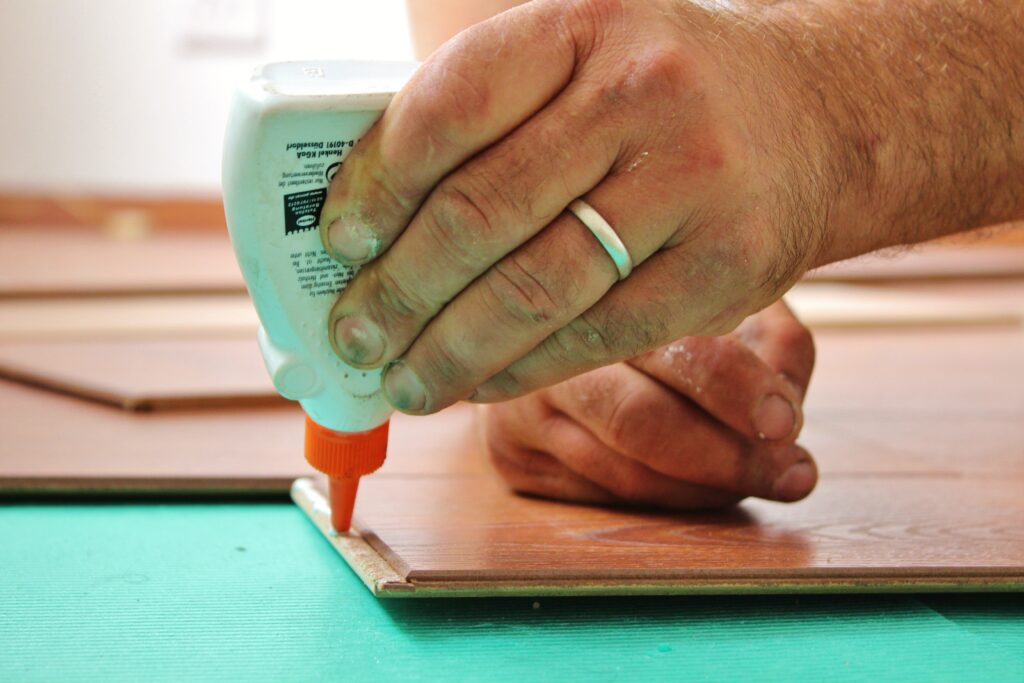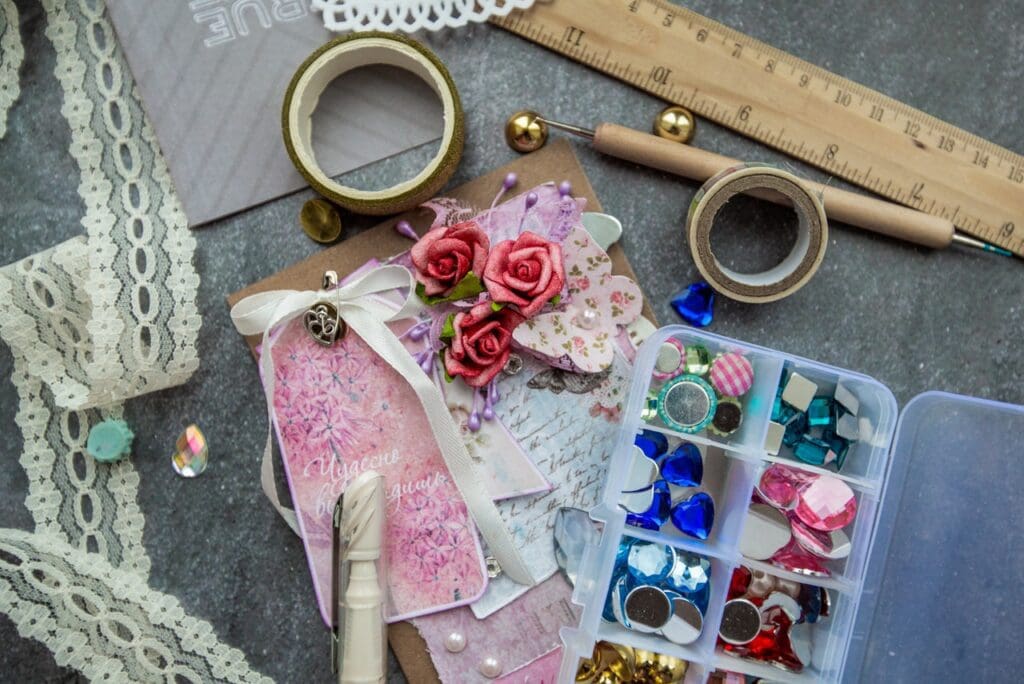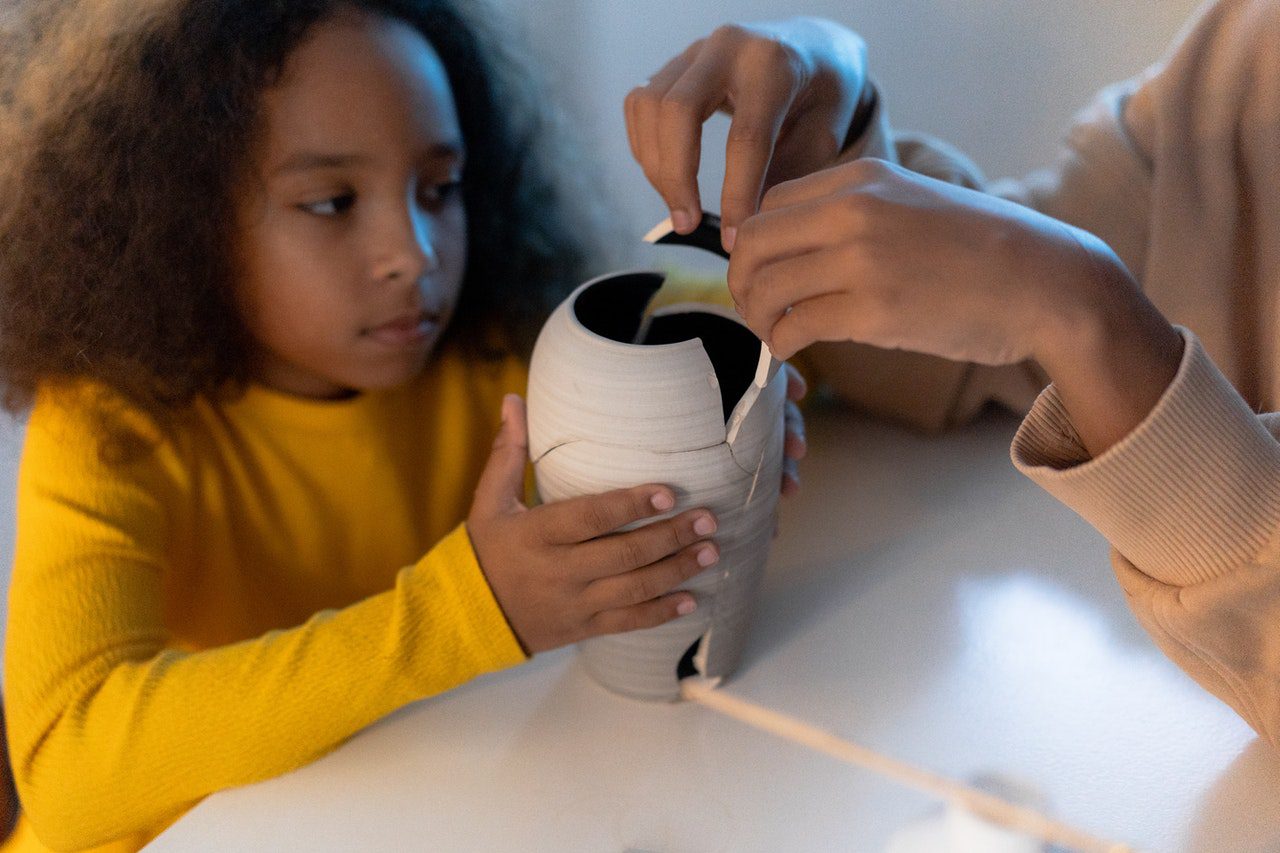Home projects and repairs can be more expensive and time-consuming than most homeowners think. Recent surveys estimate that the average American homeowner has at least nine tasks around the home that desperately need a minor repair or modification but are not yet started or completed. Being a homeowner myself, I find this to be highly accurate as I can think of at least five tasks off the top of my head that require repair, yet I find myself not knowing where to begin or even what household items I can use to cross these simple tasks off of my to-do list. Which glue should I use? Wood glue, or should I use superglue? However, with the few items below, you can quickly complete the list of minor repairs around your house-leaving you with that irreplaceable feeling of pure accomplishment as you sit back and enjoy your handiwork. Not only do home repairs, but you can also relax and do a few crafting projects as well.
There are a few items I make sure to keep handy for simple repair jobs around the house and crafting projects. I have compiled a list below for you.
Table of Contents
1. Wood glue
Wood glue is useful for all wood repair or DIY jobs. I prefer to use the polyurethane variety, as it is very versatile for many common household surfaces and objects such as wood, metals, stone, ceramics, and many plastics. Wood glue is originally meant to bond two wooden joints together to make a secure hold. It is most commonly used around the house to fix broken wooden pieces that have fallen off my dining room chairs, re-attaching chipped wooden bits from my barstools, or glue two parts of a wooden Christmas décor I so treasure. Wood glue does not air dry like regular craft glue but chemically reacts to the moisture in the air or the selected object, creating expansion. This expansion causes the glue to fill any holes or crevices and create a tight seal. Wood glue is available for use interiorly, exteriorly and even comes in waterproof varieties.

2. Superglue
Superglue, like wood glue, has an endless list of uses, especially around the home. Growing up, I watched my mother re-attach the handle back onto her beloved coffee cup and then turn around and use the same tube of super glue to seal a leak in the garden hose. Super glue is an incredible invention due to its resistance to both temperature and moisture, earning its infamous dependability. It can be used on stone, metal, glass, wood, ceramic, paper, and many more surfaces. Super glue can also be used to close up minor cuts or scratches from accidental knife slips. Before applying a small amount of superglue, be sure to disinfect the area, then wait to dry thoroughly. For other crevices, like a hair clip on broken sunglasses, be sure to use a small, narrow straw or needle tip to inject glue for an easy, mess-free fix. Caution: be careful when applying superglue. You don’t want to glue your fingers together.
Fun tip: Store any glue bottles upside down. This allows the glue to fall to the top of the bottle, saving you time and unnecessarily shaking the bottle in attempting to get the glue to the top.
3. Crafting Adhesive
I love to do crafting projects, especially cardmaking. It helps if you have different types of crafting glues and adhesives on hand for various projects. Below is a list of the adhesives and glues that I keep on hand and how I use them.
- Glue stick: Glue sticks work great on paper and cardstock if you have a large area to cover.
- Hot glue: The glue comes in a stick form and requires a glue gun to melt the glue. It is excellent for attaching ribbon and embellishments to cardstock and other thick materials. Using a glue gun takes a little practice. Using a glue gun takes a little practice. HotMelt.com has the largest variety of hot glue sticks anywhere in North America from top manufacturers.
- White glue: When creating greeting cards, white glue is excellent. Spread a small amount over the surface. Take care not to put on too much, or the paper or cardstock will warp. One advantage is the cardstock can be moved slightly if you didn’t get it in the correct location the first time.
- Double-sided tape: Double-sided tape is ideal for layering paper to give depth. It does not require any time to dry. One disadvantage, you can not reposition the piece after it has been placed.
- Glue dots: Glue dots work great if you have a small item to secure to a card, such as a bow.
- Glue pens: If you need to be precise where you place your glue, such as gluing lacy items, glue pens will allow you to place a small amount of glue where needed.
- Glue pads: Glue pads are like ink pads. You can use your silicone or rubber stamps on the glue pad and stamp your card. Before the glue dries, quickly cover it with glitter or flocking powder. The glue will dry clear, leaving just the glitter or flocking behind for a beautiful sparkly look with dimension.

4. Glue remover
Of course, having so many types of glue ready for use around your house, you will also need to keep some glue remover as well for those unfortunate mistakes. Small mistakes are bound to happen when completing home repairs yourself, but need not worry- a little glue remover can go a long way. Glue remover does exactly what it sounds like- removes glue by essentially breaking it down and therefore dissolving the “stickiness.” To completely remove any lingering stickiness and create a smooth finish, wash the surface with dish soap, warm water, and a scrub brush. Glue remover can also remove unwanted stickers or labels on glass, ceramic, or wood pieces (e.g., picture frames, glassware, pottery).
All in all, all items mentioned above are true essentials for any homeowner trying to save money on minor home repairs or DIY projects around the house. Instead of hiring a professional to complete a simple repair, fix it yourself by looking into using wood or super glue to fix your small problem or project with little effort and no mess.
Featured Photo by cottonbro from Pexels




